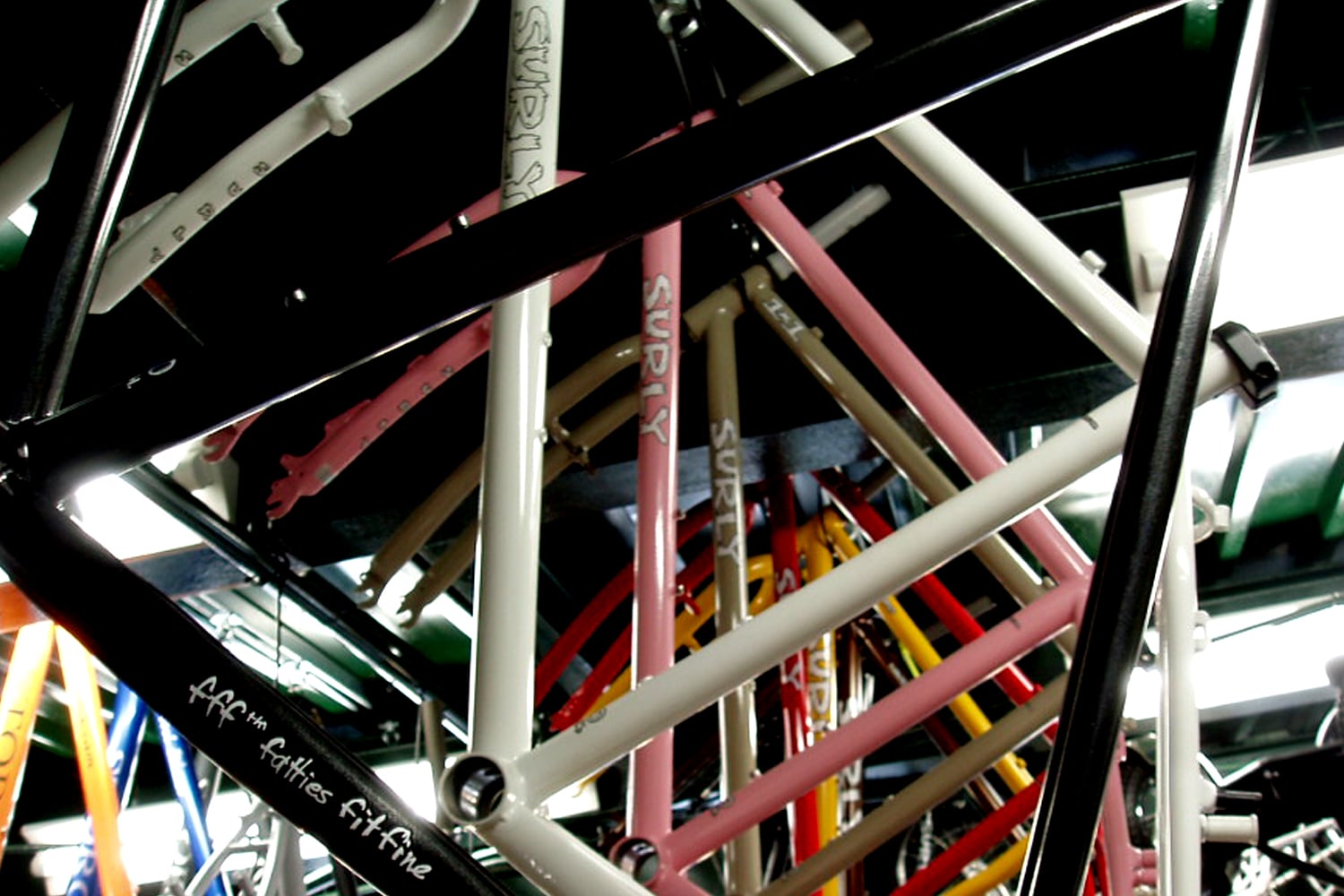A while back, I came to the realization after eating a package of dehydrated backpacking food that it seemed to wreak havoc on my insides. To put it bluntly, it made me fart. A lot.
After the gas settled a bit, I began thinking about alternatives for camping food. My wife said she’d been toying around with making homemade dehydrate meals and bought some books on the matter. After paging through one of them, I decided to give this DIY thing a shot. I enjoy the convenience and lightweight of dehydrated meals while at the same time desire the wholeness and nutrition of real foods. At least, when I’m camping. At home, all bets are off and I’ll do disgusting things to the Taco Bell menu all damn day.
I decided to start with a red lentil soup that I make all the time. It’s nutritious, super tasty, and easy on the stomach. Plus, it’s vegan so there aren’t any animal fats in it that’ll be a pain in the ass/impossible to dehydrate.
With Domeier and I’s trip around Lake Tahoe fast approaching, I figured that would be the perfect opportunity to try these new meals out in the wild and I’m happy to report, they worked pretty well. We didn’t starve, we got to eat tasty food that was actually nutritious, and my gas was kept to its normal frequency (which admittedly, is quite a bit higher than the average human, something I should probably get looked at).
Here’s how to make the soup, dehydrate and vacuum seal it (provided you have the necessary equipment), and rehydrate it when you get to camp.
Red Lentil Soup
Makes 4–5 servings
Ingredients
- 2 tablespoons vegetable oil
- 2–3 tablespoon curry powder
- 1 small onion, diced
- 1 sweet potato, diced
- 2 carrots, diced
- 4 cloves garlic, minced
- 1–2 jalapeno, seeded and minced
- 15oz can coconut milk
- 1 cup red lentils, rinsed
- 4 teaspoons vegetable bouillon base
Cooking Instructions
- Heat a large stockpot over medium heat and add your oil. Let the oil heat up a little and add the curry powder to toast for a few seconds. Then, add the onion.
- Cook the onion for a while, stirring occasionally. You want that shit to be nice and caramelized.
- Then, add sweet potato, carrot, jalapeno, and garlic. Let everything sweat together for a few minutes.
- Add the can of coconut milk. Stir everything together and let it cook for about five minutes.
- While you wait, grab your lentils and make sure their fully rinsed. You don’t wanna grab a spoonful of soup and break your tooth on a stray stone or chunk of debris.
- At the five-minute mark, add the lentils to the pot along with the veggie bouillon.
- If you were making this to eat immediately, you’d add water to the bouillon before adding it to make it into a stock. Since this is intended for the dehydrator, you’re essentially just making a concentrate of the soup. What’s the point of adding a bunch of water if you’re immediately going to remove it?
- Let everything cook together for about 20–30 minutes until the lentils are nice and tender.
- Remove from heat and let cool.
Dehydrating Instructions
- If you want your soup to have a velvety smooth consistency, throw the whole batch in a blender or hit it with an immersion blender. As for me, I prefer foods that don’t make me feel like I’m eating baby food so I like to keep it chunky. The steps for dehydrating are the same regardless.
- Put the fruit roll sheets down on the dehydrator trays.
- Evenly distribute the soup concentrate onto the fruit roll sheets.
- Stack all the trays together and turn the head unit on, setting it somewhere around the 130-degree mark.
- Let it do its thing for 8–12 hours depending on the humidity where you live.
- When everything is properly dehydrated, you’ll be left with lentil soup brittle that’s dry to the touch and crumbles easily.
- It’s now ready for your preferred method of sealing. We have a vacuum sealer at home so that’s my go-to. I portioned mine into four equal portions.
I like to make these handy little soup logs because they pack nicely into frame bags.
Rehydrating Instructions
- At camp, boil about a cup and half of water per serving.
- Dump the soup mix in a bowl and add water until you reach your preferred soup thickness/thinness.
- Cover and let sit for 10 minutes.
- Serve with a flour tortilla with some packaged tuna rolled up inside.
After giving this a shot on the Tahoe trip, I’m definitely looking forward to experimenting with some other recipes. I’ll probably keep you all updated as I try other recipes.
As always, here’s some music. I know I said earlier this year that Mutoid Man would be my favorite album of 2017, but I don’t know. This new Iron Chic record just might squeeze it out.
 Surly Bikes
Surly Bikes